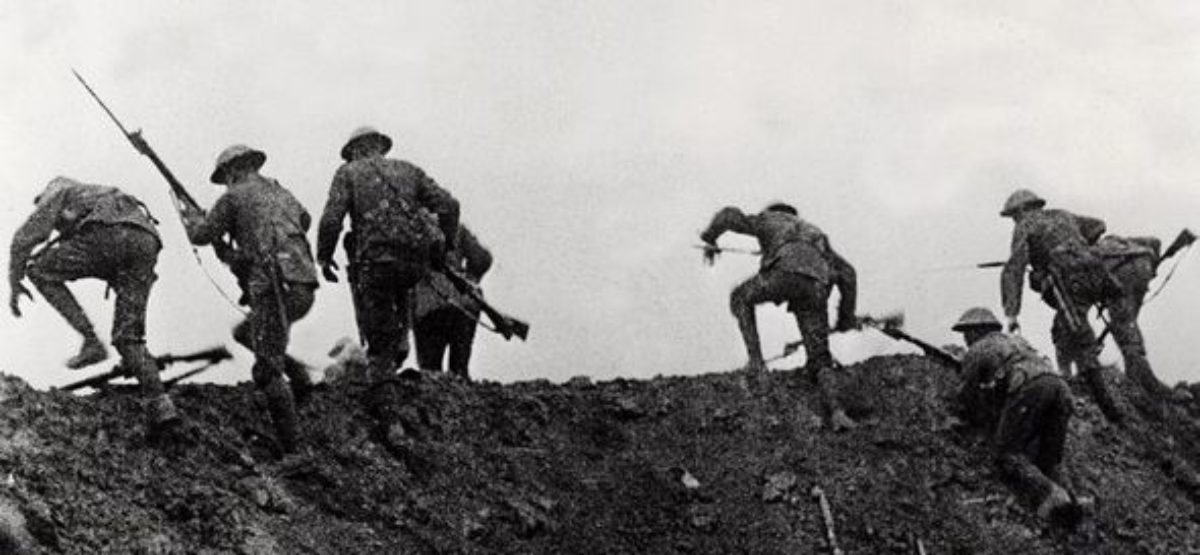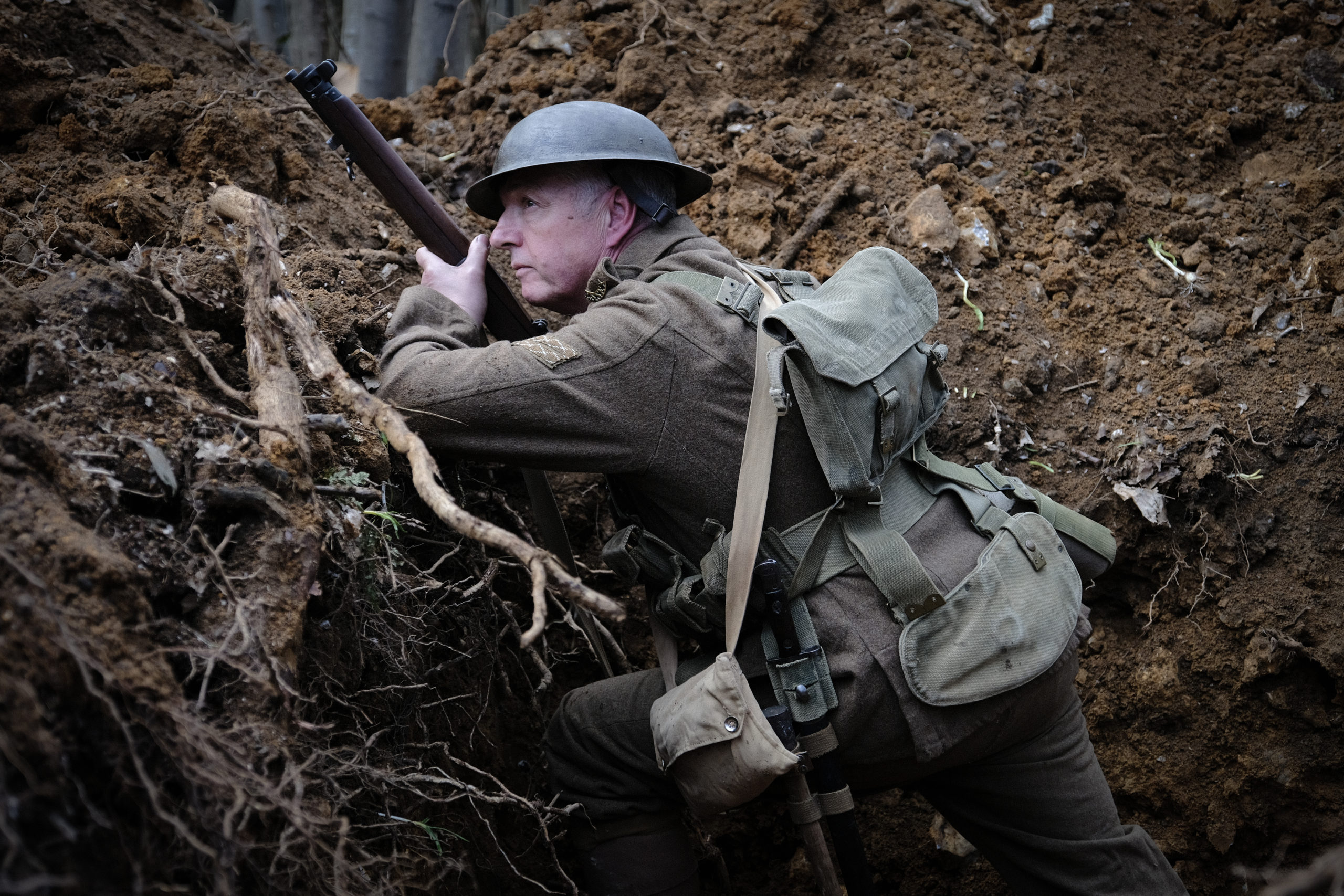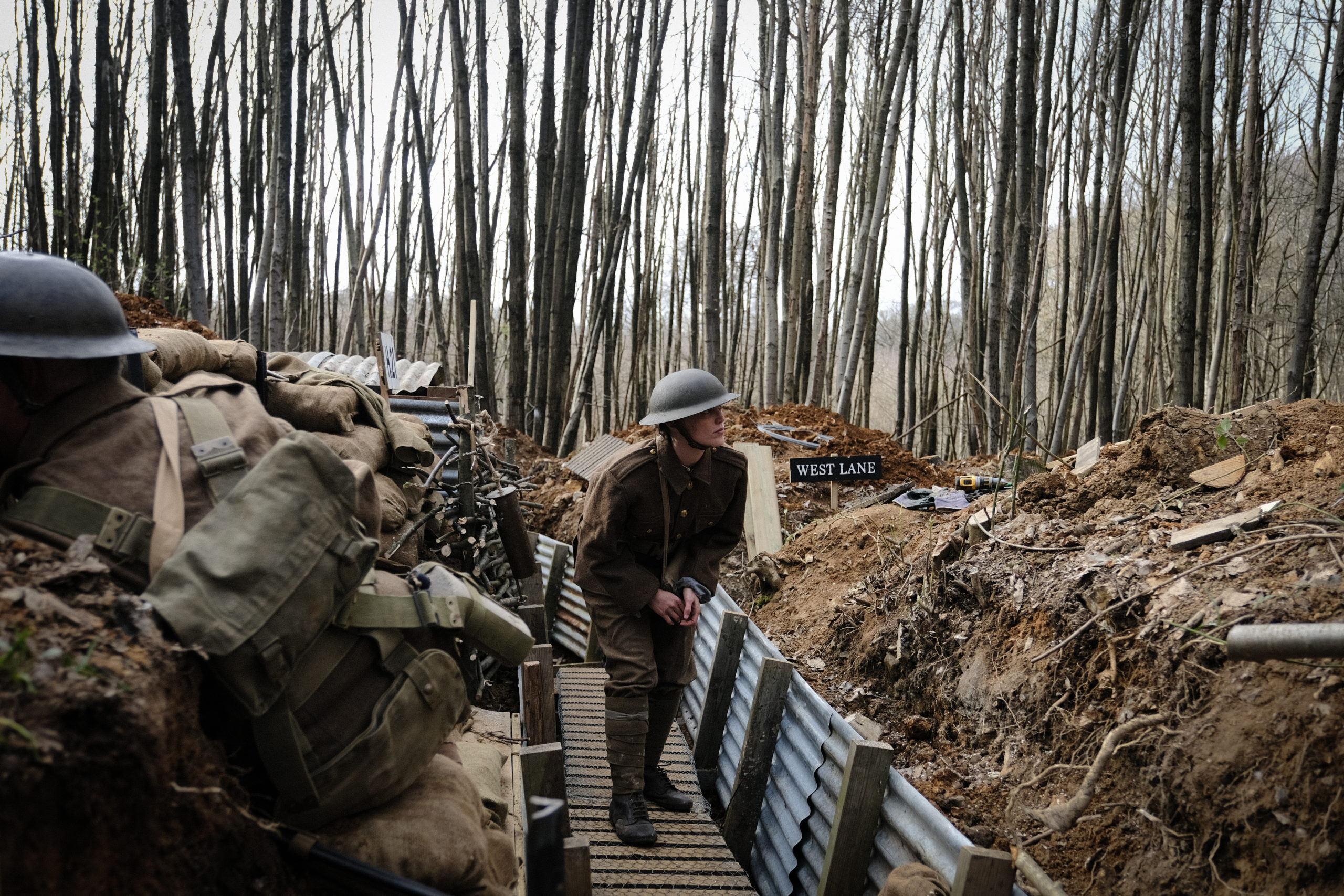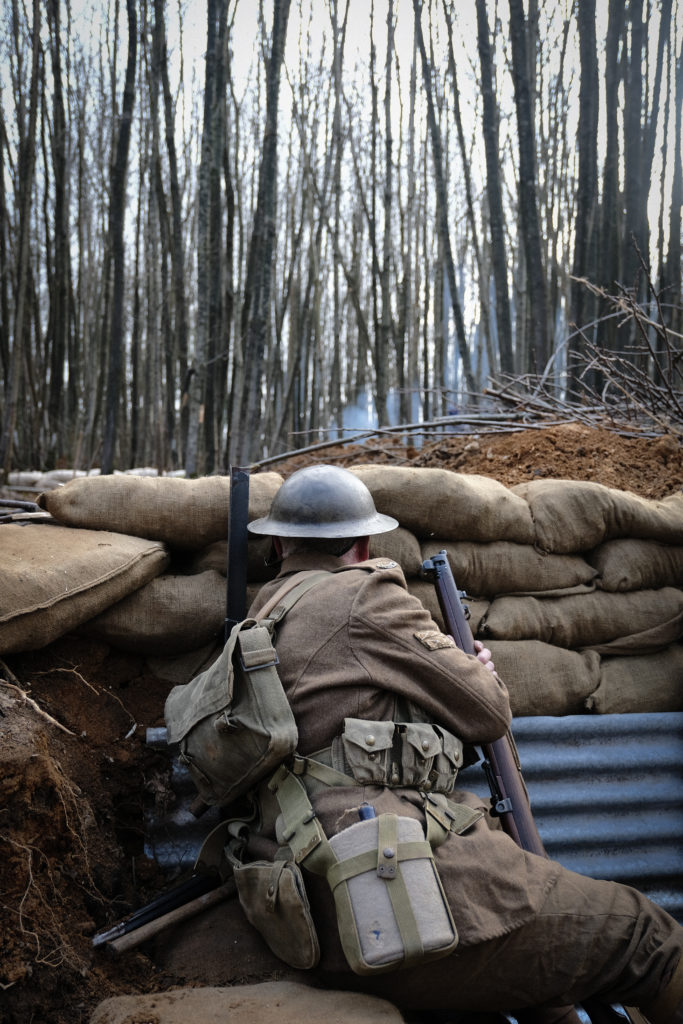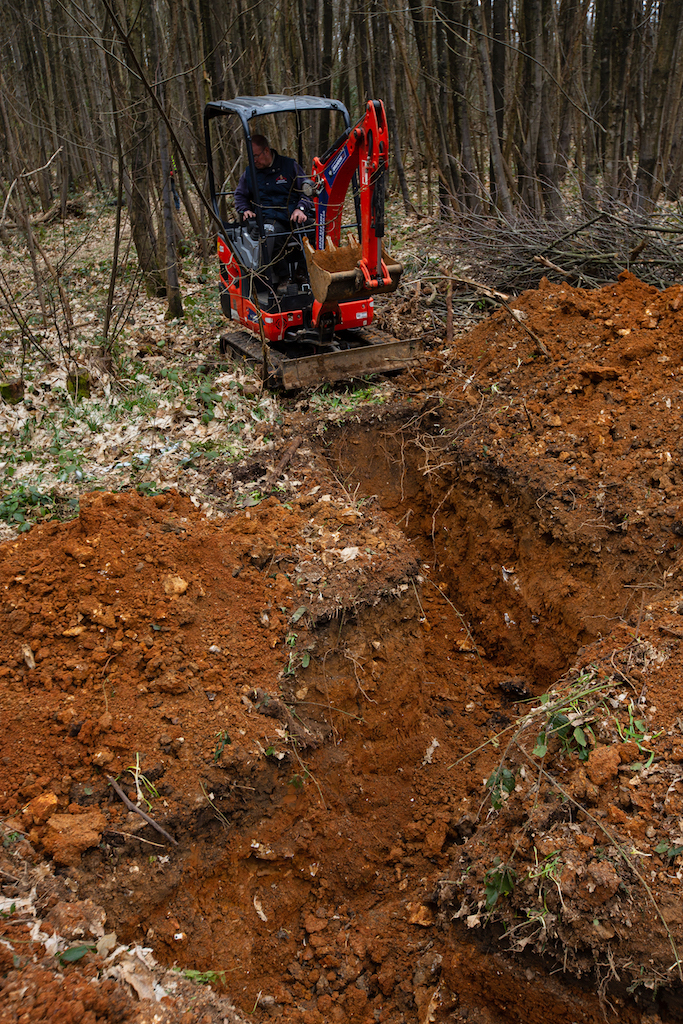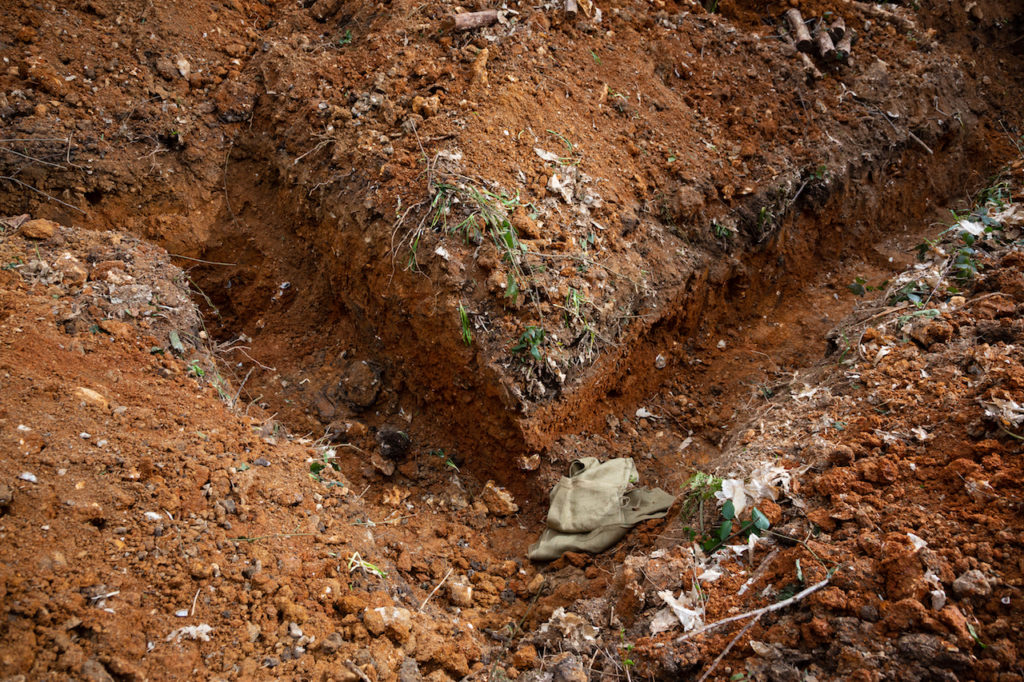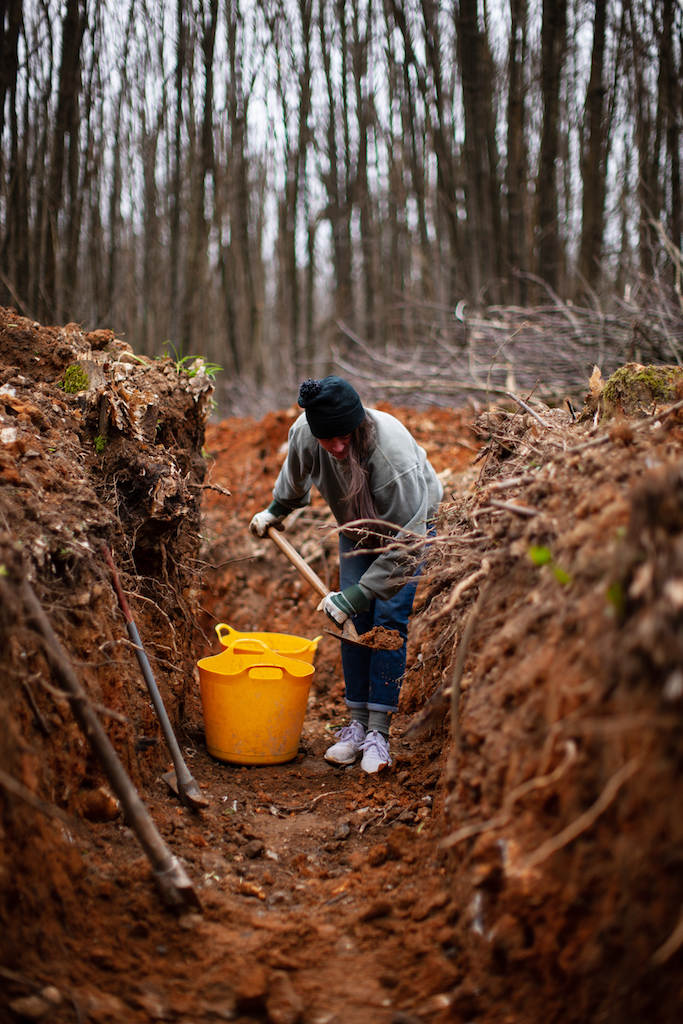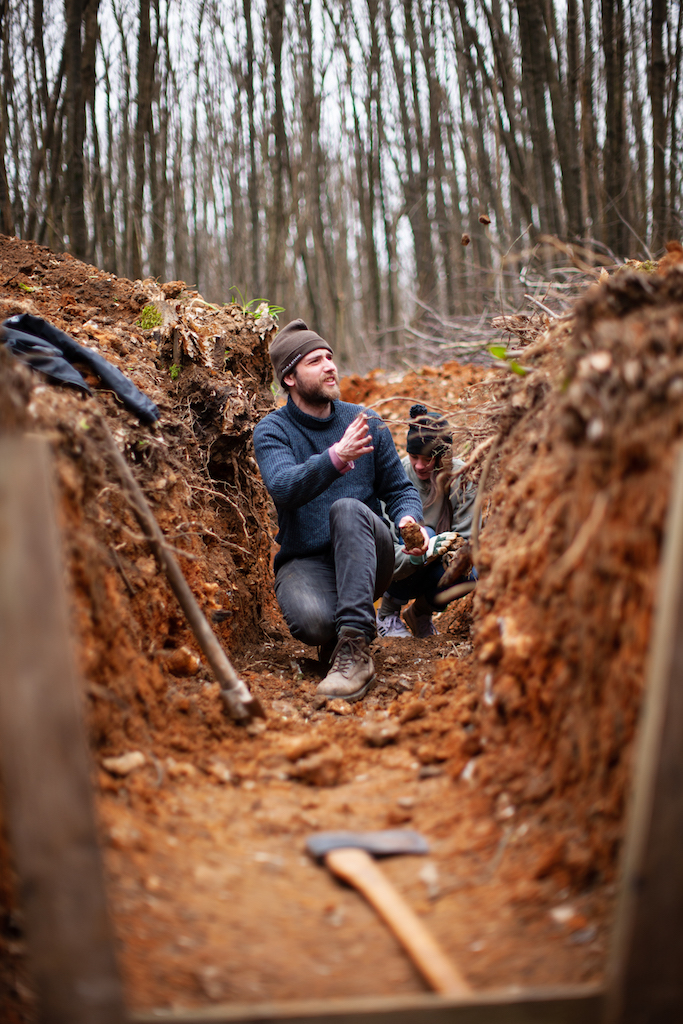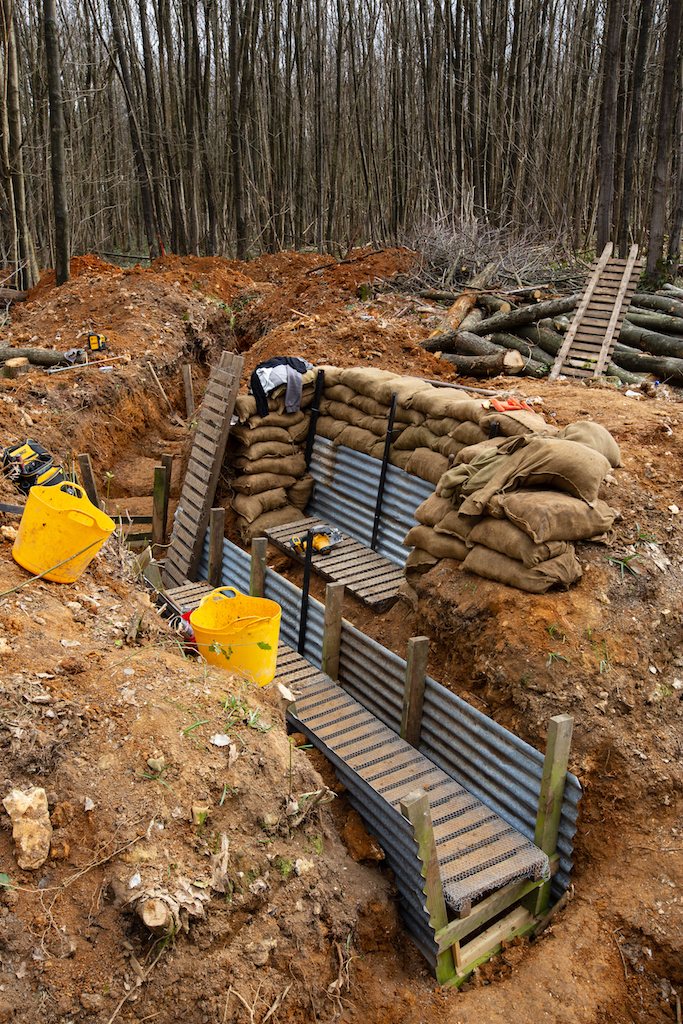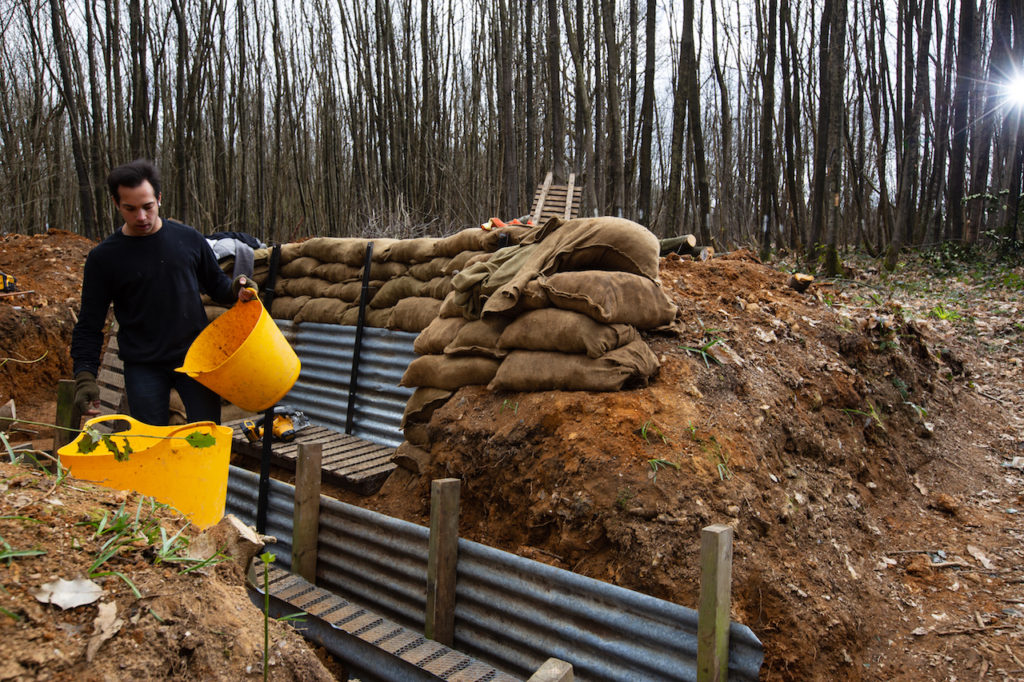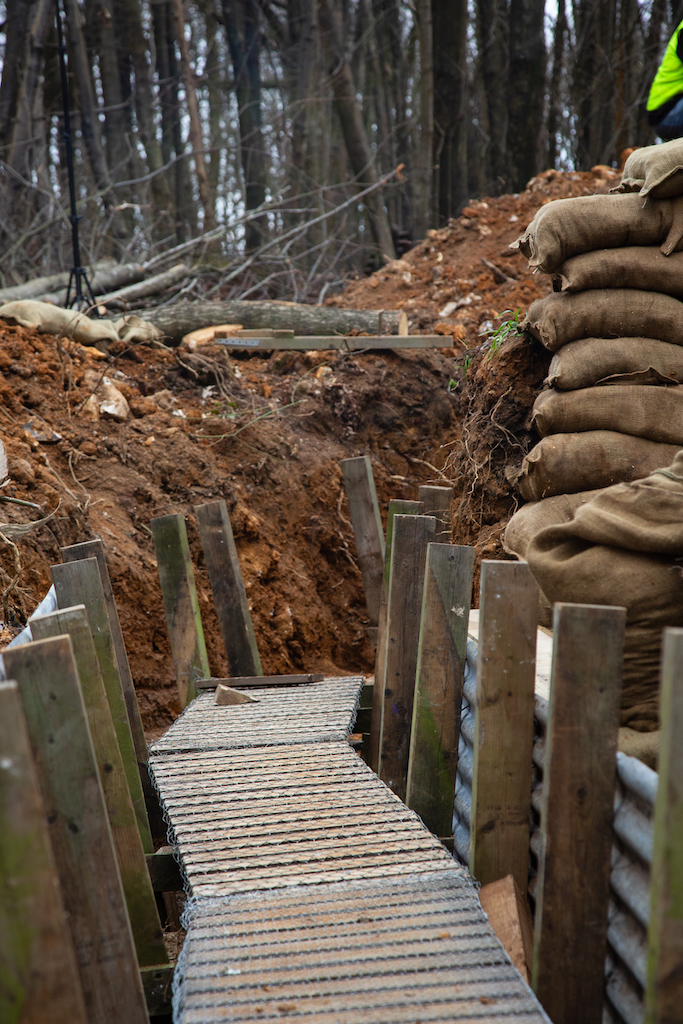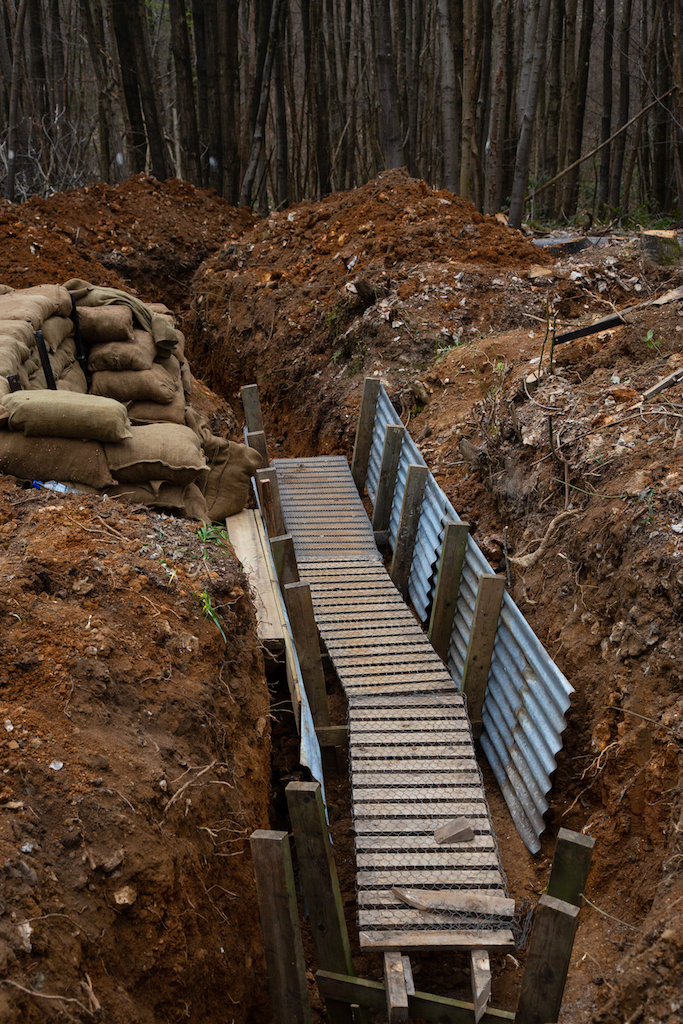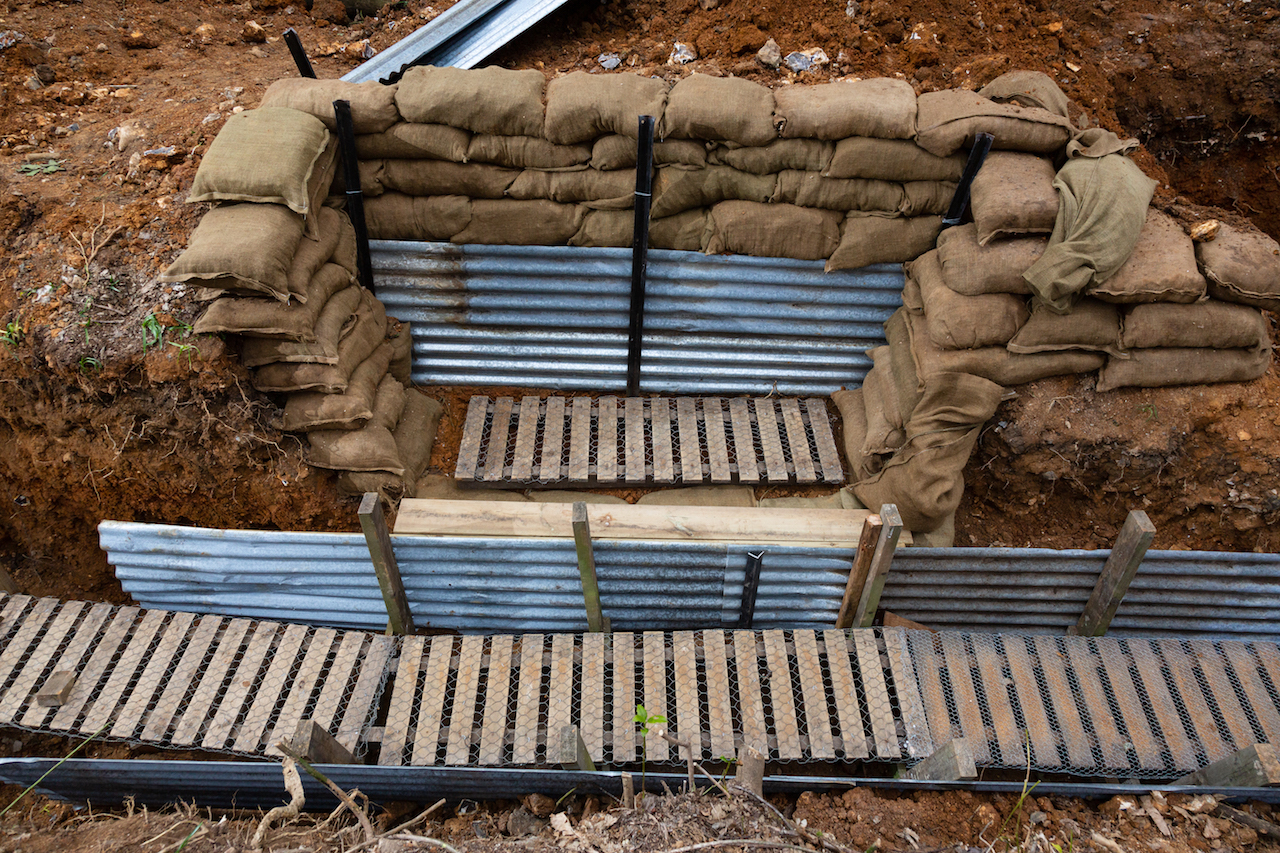On October 1st, 1918, fresh from being relieved from encirclement in the Small Pocket on l’Homme Mort, the 1st and 2nd Battalions of the 308th Infantry Regiment are ordered to attack into the Argonne yet again.
Led by MAJ Charles Whittlesey, the two battalions plunge into the Ravin d’Argonne, and on October 2nd, the Americans break through the German lines and into Charlevaux Ravine. The story of the Lost Battalion has begun.
The BFWWP is on Patreon: https://www.patreon.com/BattlesoftheFirstWorldWarPodcast.
Any questions, comments or concerns please contact me through the website, www.firstworldwarpodcast.com. Follow us on Twitter at @WW1podcast, the Battles of the First World War Podcast page on FaceBook, and on Instagram at @WW1battlecast. Not into social media? Email me directly at verdunpodcast@gmail.com. Please consider reviewing the Battles of the First World War Podcast on iTunes.
